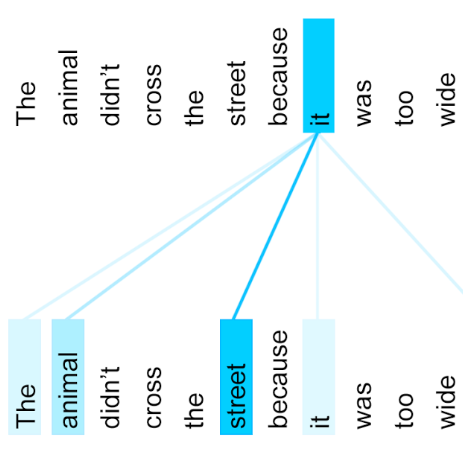Social media users have finite attention which limits the number of incoming messages from friends they can process. Moreover, they pay more attention to opinions and recommendations of some friends more than others. In this paper, we propose LA-LDA, a latent topic model which incorporates limited, non-uniformly divided attention in the diffusion process by which opinions and information spread on the social network. We show that our proposed model is able to learn more accurate user models from users' social network and item adoption behavior than models which do not take limited attention into account. We analyze voting on news items on the social news aggregator Digg and show that our proposed model is better able to predict held out votes than alternative models. Our study demonstrates that psycho-socially motivated models have better ability to describe and predict observed behavior than models which only consider topics.
翻译:社交媒体用户对来自朋友的信息有限关注,限制了他们可以处理的信息数量。 此外,他们更加关注某些朋友的意见和建议。 在本文中,我们提出LA-LDA,这是一个潜在主题模式,它包含了在传播过程中有限、非一致的注意力,在社会网络上传播观点和信息。我们表明,我们提议的模型能够从用户的社会网络和项目采纳行为中学习比不考虑有限关注的模式更准确的用户模式。我们分析了社会新闻聚合者Digg的新闻项目投票情况,并表明我们提议的模型比其他模式更有能力预测所持选票。我们的研究显示,以社会心理为动机的模式比只考虑主题的模式更有能力描述和预测所观察到的行为。




